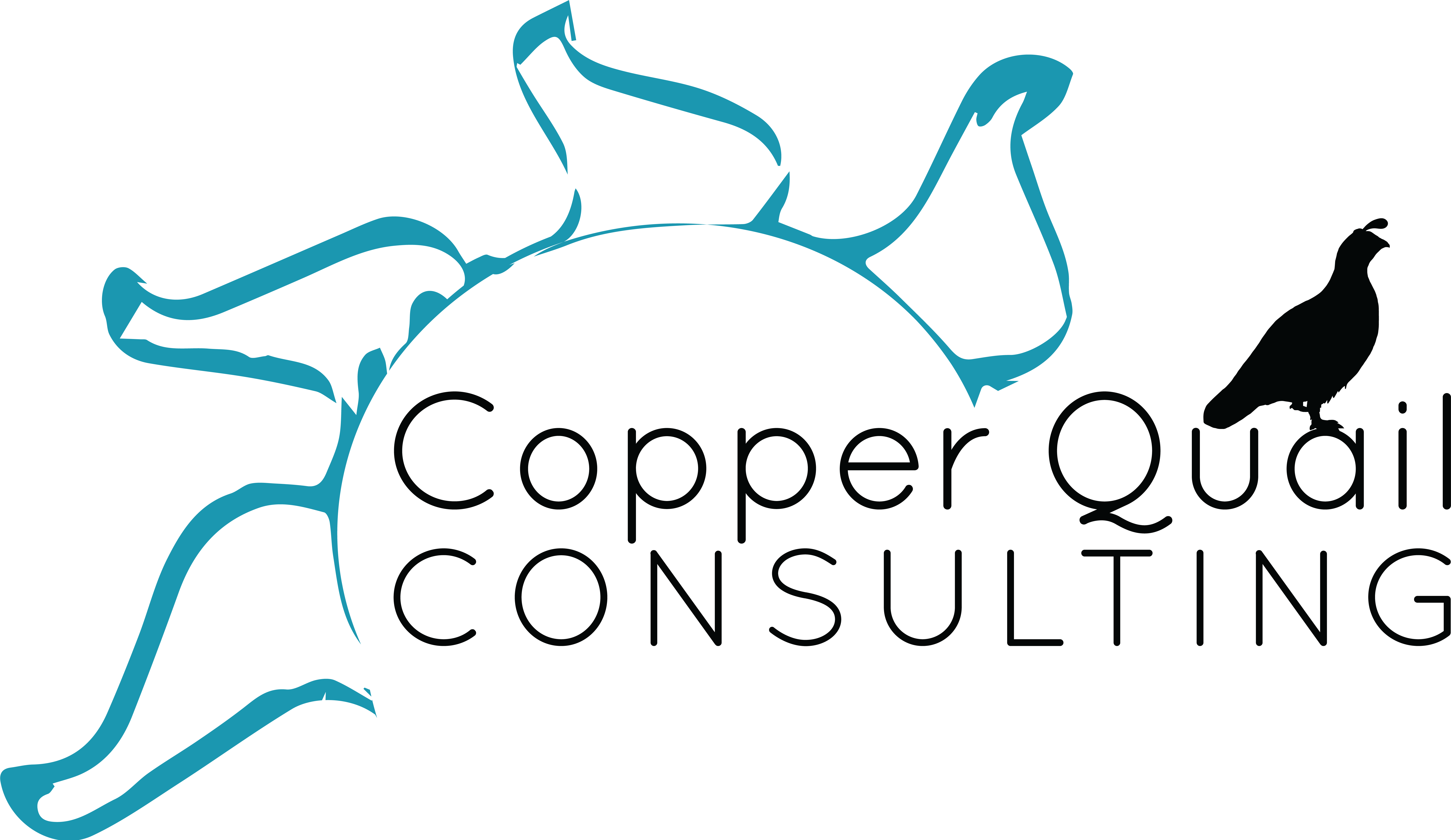Performance reviews don’t have to be scary or stiff. In fact, they should be simple and human. Here’s how to build a light-touch process that works:
Step 1: Start with Competencies
Before you talk about productivity or set performance goals, get clear on what success actually looks like in your organization. That starts with defining core competencies at every level: organization-wide, departmental, and leadership.
Competencies are the key behaviors, skills, and mindsets that drive success in your workplace—things like “collaboration,” “strategic thinking,” “adaptability,” or “stakeholder-centered communication.” Once defined, they give everyone a shared language for what “great work” looks like, no matter the role or title.
This step is foundational. Without it, reviews can feel vague or overly subjective. With it, your team knows what’s expected—and how to grow.
Step 2: Use a Set Framework of Questions
In addition to checking off how well competencies are being met (which the supervisor should do before the meeting and bring with them), a consistent question framework makes reviews feel more focused and less intimidating—for both managers and employees. You don’t need a lengthy form; just a few thoughtful prompts that create space for reflection, dialogue, and alignment.
Try using these five questions at each check-in:
- What went well since our last conversation?
- What challenges came up?
- What are you most proud of?
- What’s one thing you’d like to improve?
- How are you demonstrating [insert key competency]?
Use this framework to ground the conversation in both day-to-day realities and longer-term development.
Step 3: Keep Reviews Regular and Light-Touch
Depending on your organization or team, once-a-year reviews might miss the mark. Consider, shorter a quarterly or semester-based check-ins cadence. These can be 30-minute conversations that focus on learning, adjusting goals, and staying connected—not just evaluating performance.
At the end of each check-in, jot down 2–3 clear goals or action items, and keep a record of what was discussed. That way, each review builds on the last and you have a documented history of progress and feedback.
Step 4: Use Tools You Already Have
There’s no need to adopt expensive software. Use simple tools your team already knows—Google Docs, shared folders, or project management apps—to track goals and notes. The key is accessibility and consistency, not perfection.
Step 5: Give Ongoing Recognition
Performance conversations are more effective when they’re not the only time employees hear feedback. Celebrate wins regularly, and name the specific behaviors (especially the competencies!) that made an impact. Recognition reinforces expectations, boosts morale, and builds momentum.
_________________________________
Need help building your review process or defining your team’s competencies? Copper Quail Consulting can help!
We create practical, people-centered performance systems tailored to your size, structure, and leadership style. Whether you’re starting from scratch or refining what you have, we’re here to support you.Let’s build something that works. Schedule a call to get started. Or shoot us a quick email: team@copperquailconsulting.com
